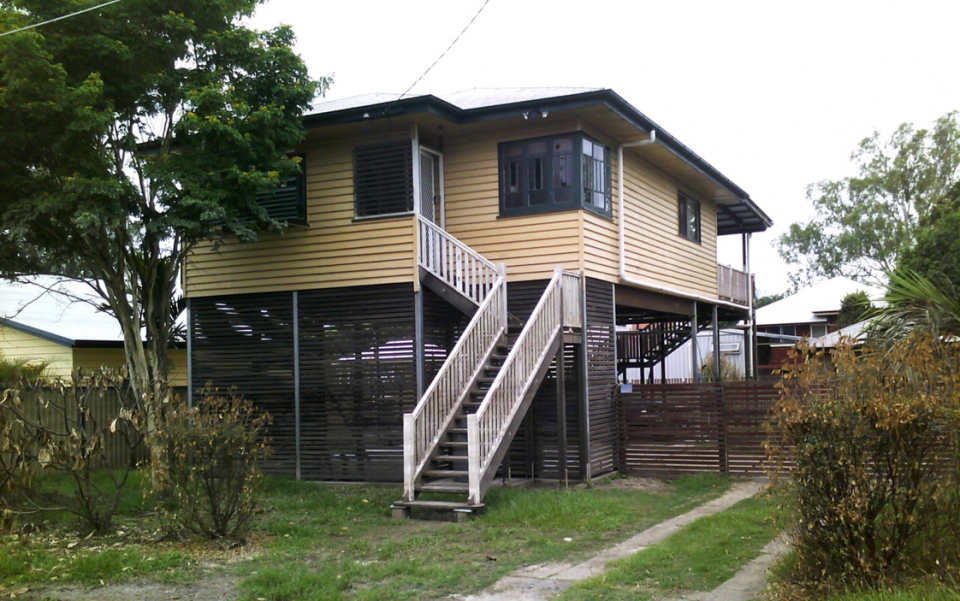
PUBLICATIONS
Published works

Cost-effective mitigation strategy development for flood prone buildings – final project report
| Title | Cost-effective mitigation strategy development for flood prone buildings – final project report |
| Publication Type | Report |
| Year of Publication | 2021 |
| Authors | Dale, K, Maqsood, T, Wehner, M |
| Document Number | 691 |
| Date Published | 07/2021 |
| Institution | Bushfire and Natural Hazards CRC |
| City | MELBOURNE |
| Report Number | 691 |
| Keywords | buildings, Flood, mitigation, strategy |
| Abstract | The motivation for this project arises from the experience and observations made during the 2011 and 2013 floods in Australia, which caused widespread devastation in Queensland. Considerable costs were sustained by all levels of government and property owners to effect damage repair and enable community recovery. A fundamental reason for this damage was inappropriate development in floodplains and a legacy of high risk building stock in flood prone areas. While the vulnerability and associated flood risk for newer construction is being addressed (moderated) by new standards (ABCB, 2012), building controls and land use planning, the vulnerability associated with existing building stock remains. This vulnerability contributes disproportionally to overall flood risk in many Australian catchments. The Bushfire and Natural Hazards Collaborative Research Centre (CRC) project entitled Cost-effective mitigation strategy development for flood prone buildings addresses this issue and is targeted at assessing mitigation strategies to reduce the vulnerability of existing residential building stock in Australian floodplains. The project addresses the need for an evidence base to inform decision making on the mitigation of the flood risk posed by the most vulnerable Australian houses and complements parallel CRC projects for earthquake and severe wind. The project has developed a building classification schema to categorise Australian residential buildings into a range of typical storey types. Mitigation strategies developed nationally and internationally have been reviewed. A floodproofing matrix has been developed to assess appropriate strategies for the selected storey types. All appropriate strategies have been costed for the selected storey types through the engagement of quantity surveying specialists. Vulnerability curves have been developed featuring reduced losses achieved through appropriate mitigation strategies for the five selected storey types. Furthermore, selected building materials/systems have been tested to ascertain their resilience to floodwater exposure. These tests were aimed at addressing knowledge gaps in the areas of strength and durability of building materials during immersion. A research utilisation project with NFRAG, AIDR and FMA as key stakeholders commenced in 2018. The project has developed generalised vulnerability functions for use by floodplain managers who may not have detailed exposure information. In concluding the project, cost benefit analyses of mitigation options were conducted at three levels of resolution. These have added to cost versus benefit work already completed by the project team for Launceston as a utilisation project. The results are an evidence base to inform decision making by government and property owners on the mitigation of flood risk by providing information on the cost effectiveness of different mitigation strategies. This report describes the research methods, project activities, outcomes and their potential for utilisation. |
| Refereed Designation | Refereed |
Published Works


